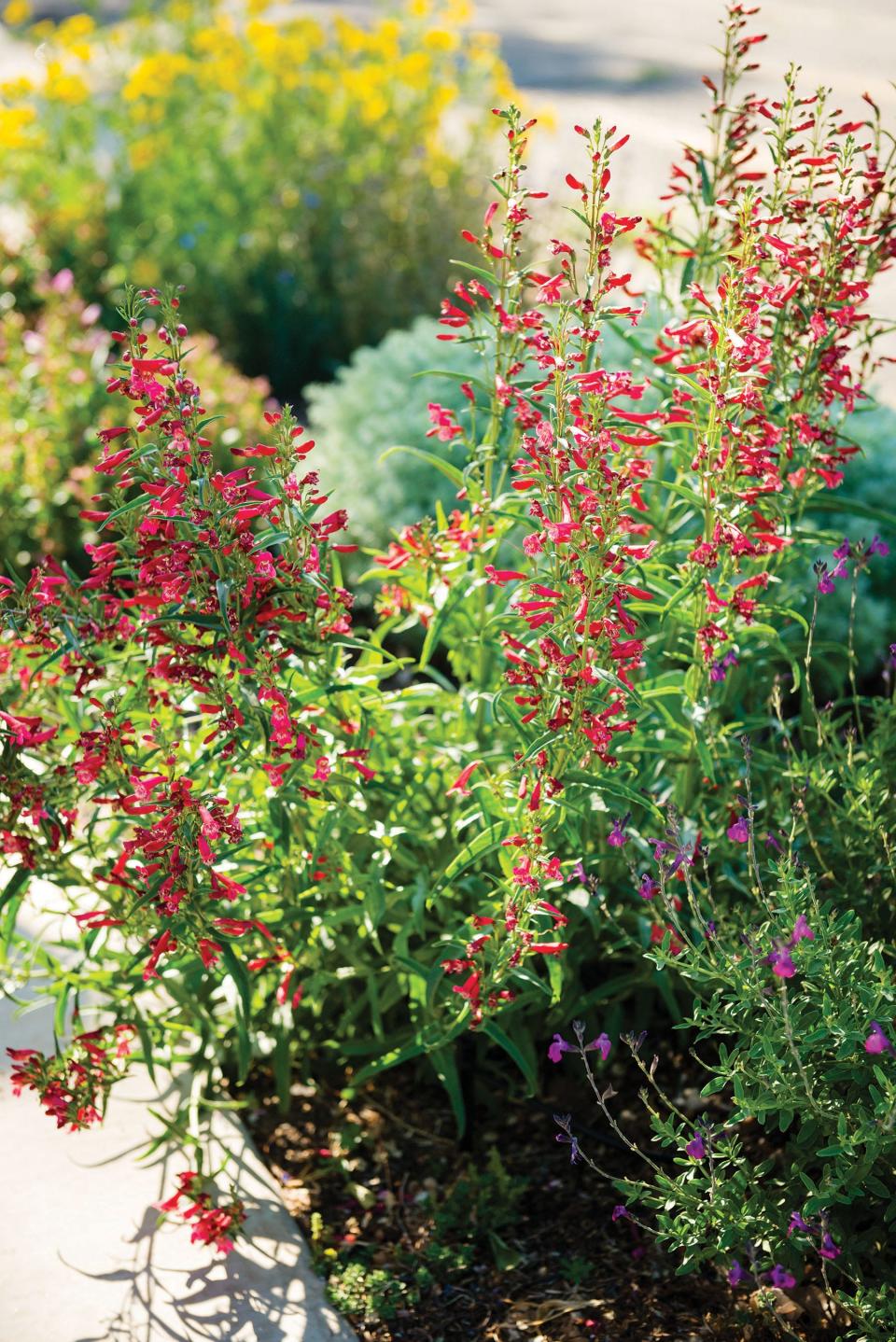Garden Guy column: Salvias
As you sit by the fire with your plant and seed catalogs in hand planning for spring, think Salvia. There are many Salvia species that do very well in our environment. In fact, I believe that Salvia should be a signature plant for our area because of the large variety that grow reliably and easily here.
The genus Salvia, commonly called sage, consists of more than 900 species of annuals, biennials, herbaceous and evergreen perennials, and shrubs. Because there are so many to choose from, they can serve almost any need in the garden. They can be used in borders, as bedding plants, in containers, as specimens, or as a part of a wildflower meadow. They come in many colors with most flowers taking the form of panicles, which basically are clusters of flowers at the end of a branch. Additionally, there are culinary sages and many that attract hummingbirds.

One of the reasons I like them as well as I do is that many are low water use plants and are very undemanding. Most will continue blooming even if not deadheaded although, as is the case with most flowers, they will bloom more prolifically if deadheaded.
Salvias range in height from about 6” to 10’ with some narrow and erect and others wider and somewhat sprawling. Some are prolific reseeders. Those that do well in our area need well drained soil without excessive moisture, especially in the winter, and full sun or light shade. Some of the more xeric varieties, which can often be distinguished by hairy or wooly leaves or leaves that are silver or grey in color, need very sharp drainage and full sun. These are also more susceptible to crown or root rot from excessive moisture.

Some of the more common in this area are S. greggii (autumn sage) which is a small, woody shrub. Mainacht (May night) which are sometimes marked as S. nemorosa or S. sylvestris, S. pratensis (meadow sage), S. superba (sage), S. pachyphylla (giant flowered purple sage), S. farinacea (mealycup sage), S. guaranitica (black and blue) are all either perennials or tender perennials. S. coccinea (Texas sage) is an annual and Salvia officinalis (common or culinary sage) is a perennial. Most of these species have several varieties to choose from. There are many more Salvias that are common in our area as well as many others that will grow well here that are less common.
I have had many different sages over the years, but two are mainstays. The relatively small, mounding autumn sage is a shrub that I use in numerous places for continuous color and design continuity among my various gardens. Blooming from spring to frost, if sheared, it quickly begins to bloom again.
Mealycup sage is a reliable and continuous blooming perennial that I use for similar reasons. Both plants self-seed enough to provide new or replacement plants without being invasive.
It is hard to go wrong with Salvias and it is probably one of the more reliable genera with which to experiment.
This article originally appeared on Amarillo Globe-News: Garden Guy column: Salvias

